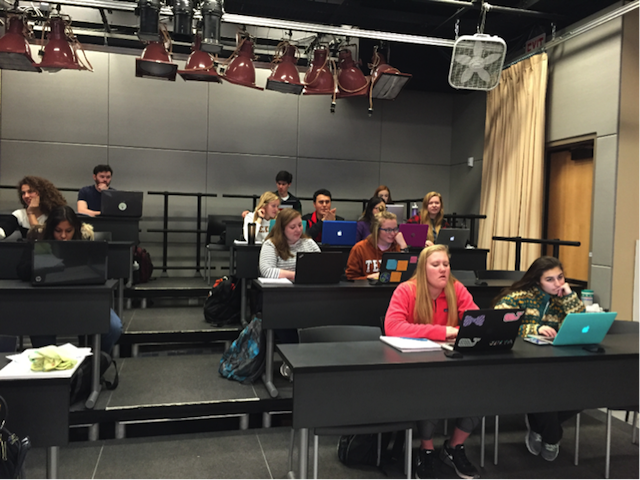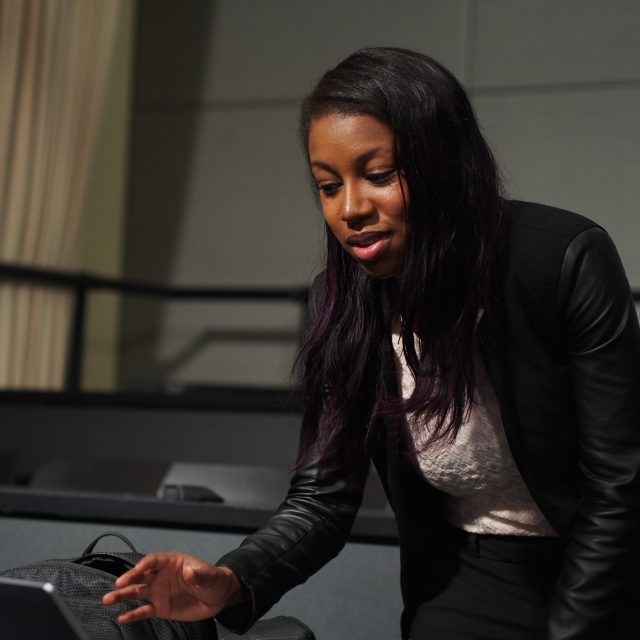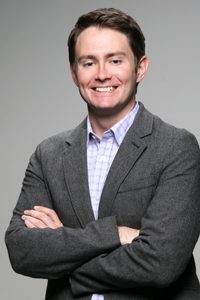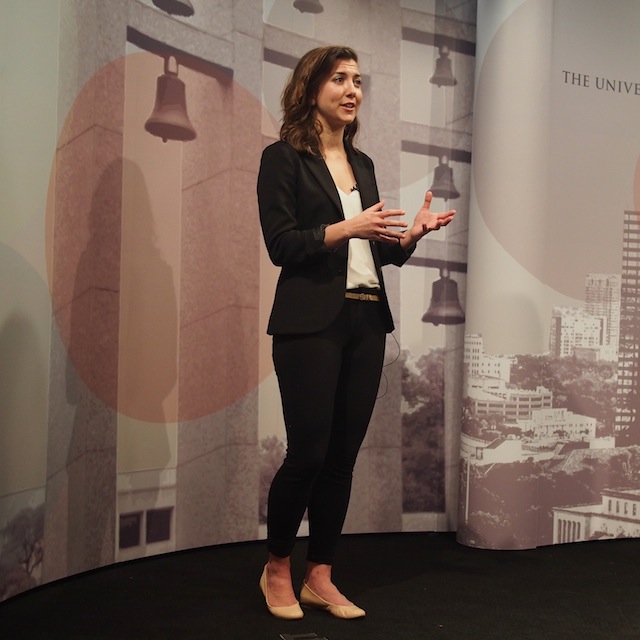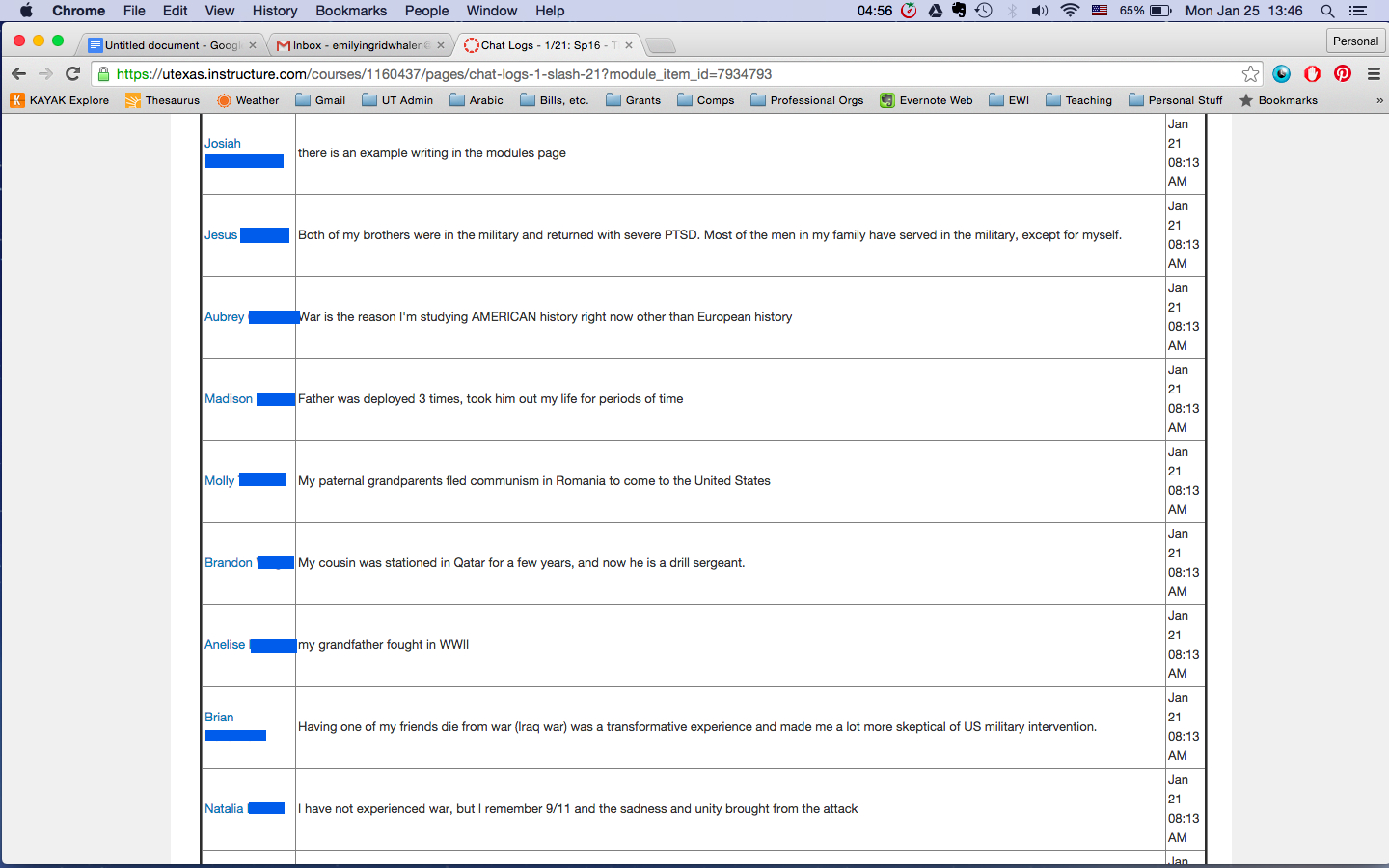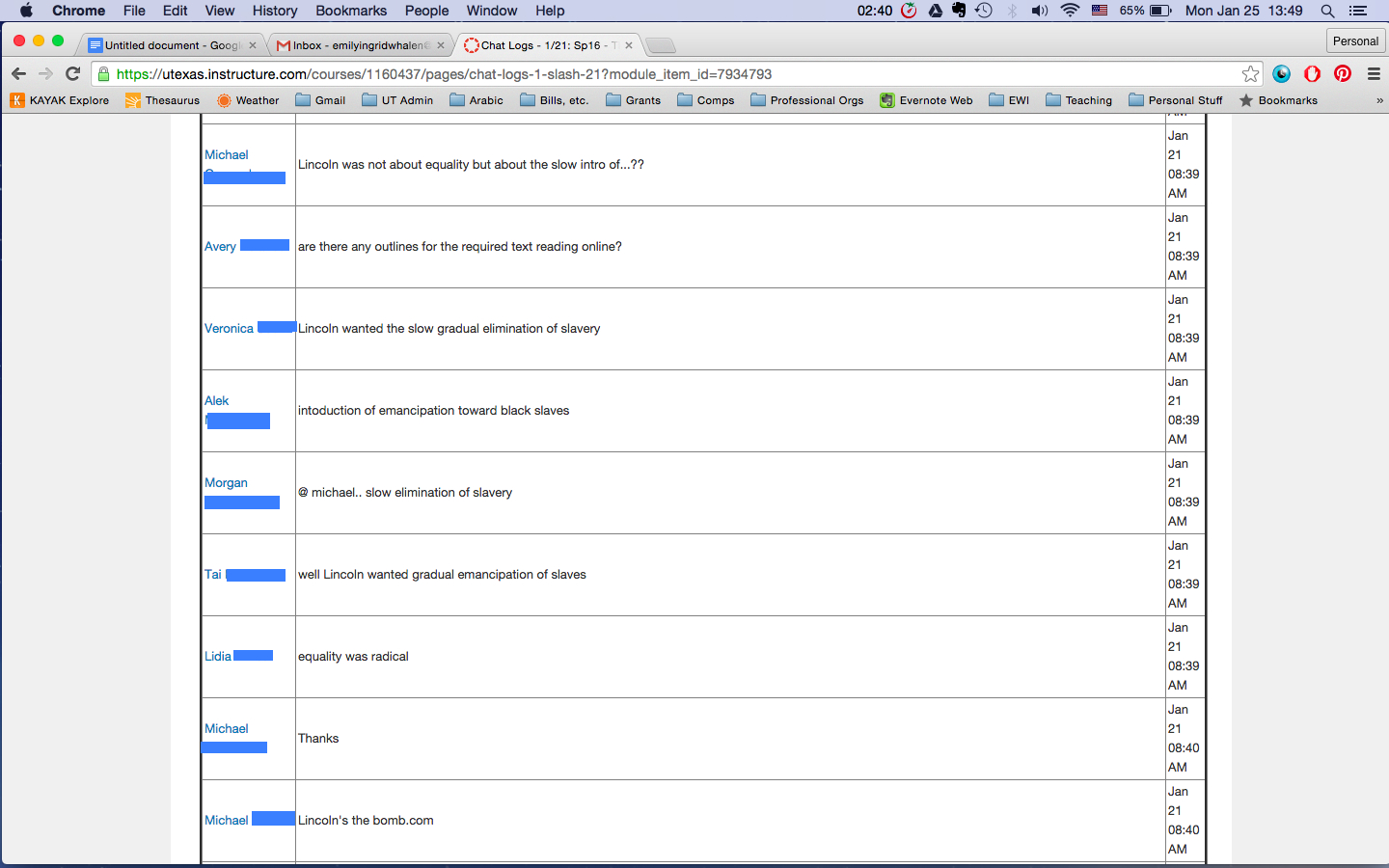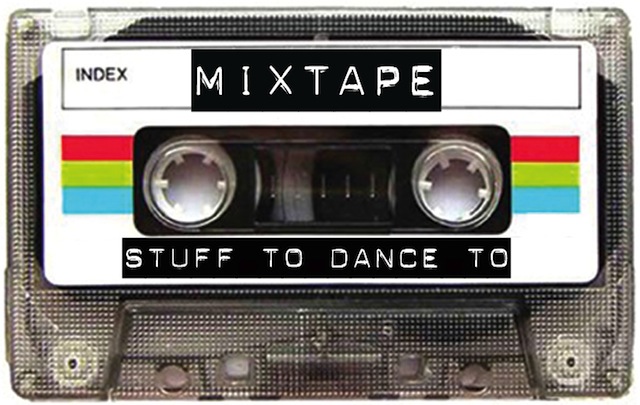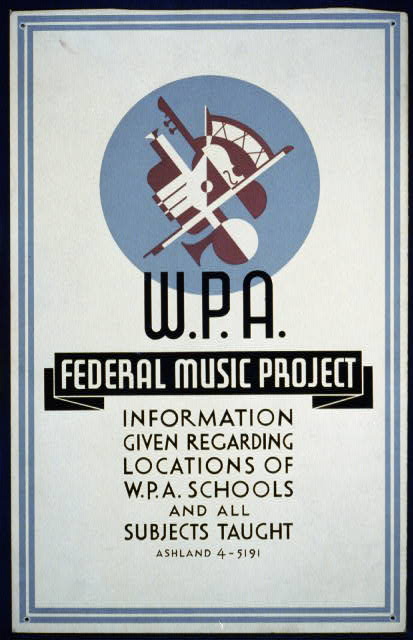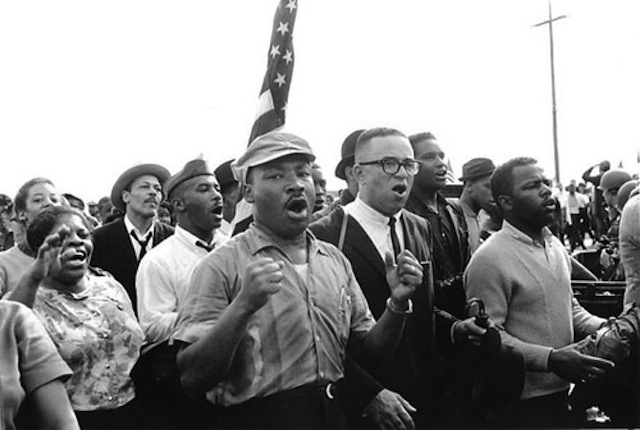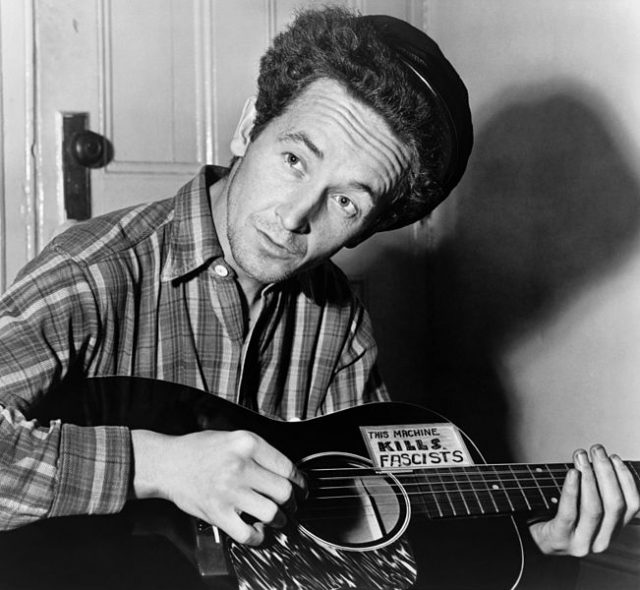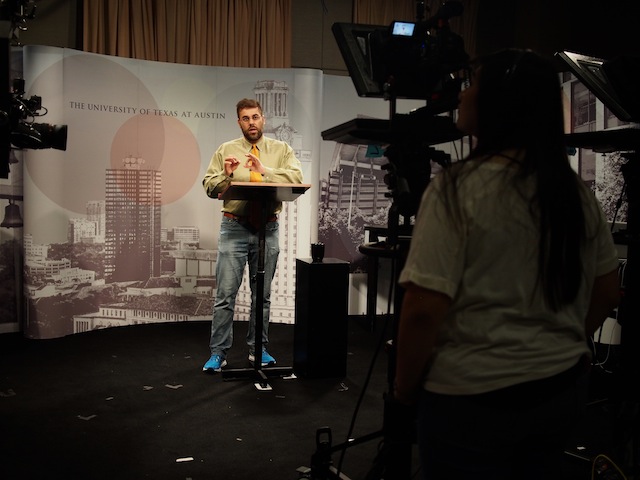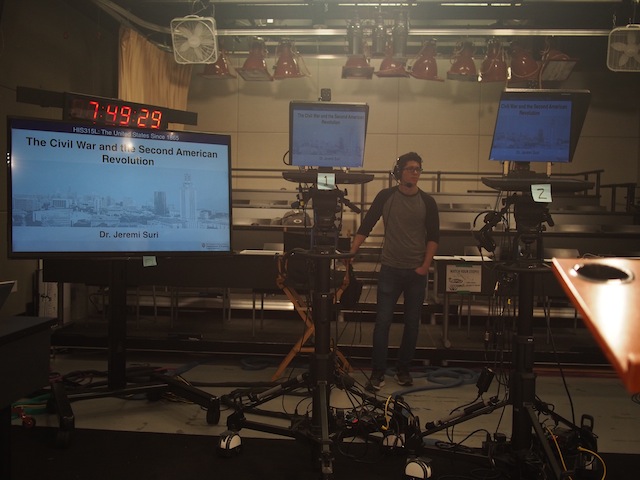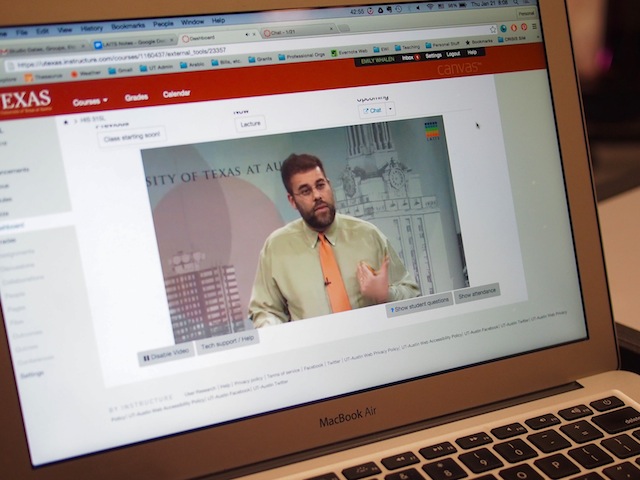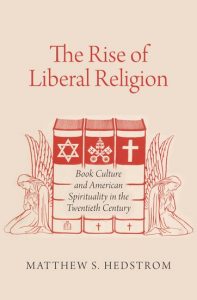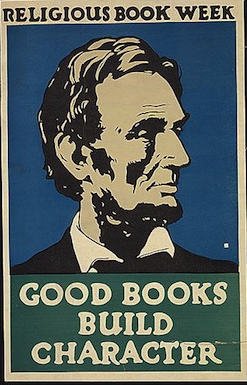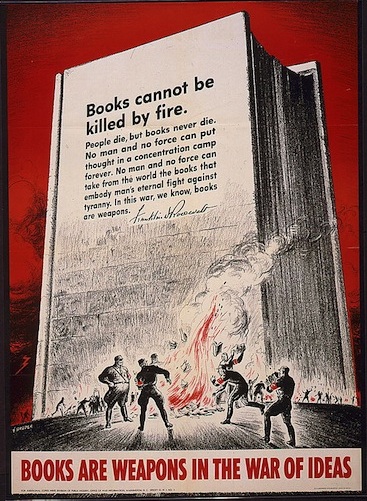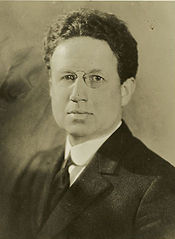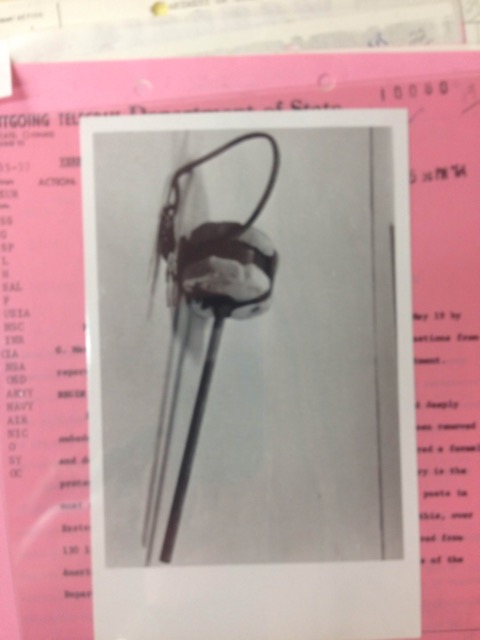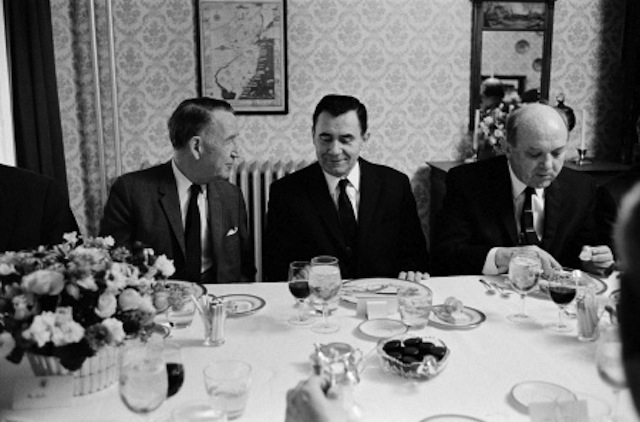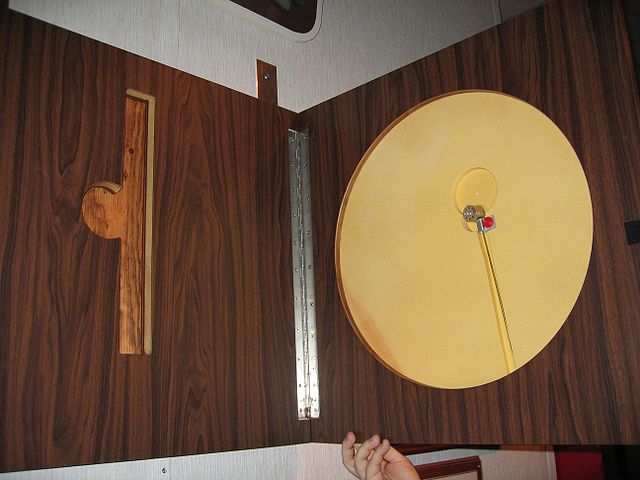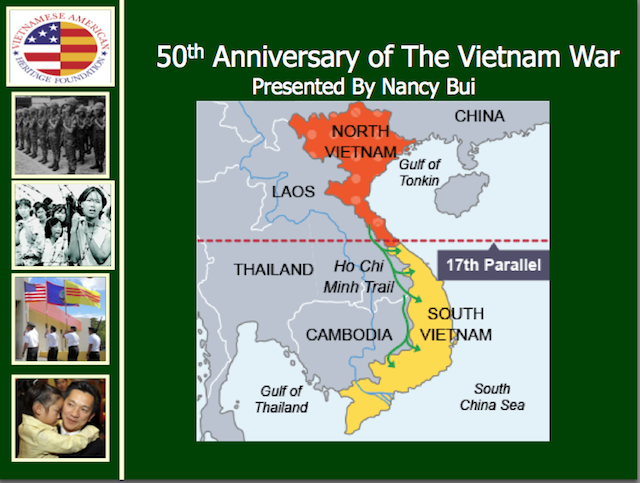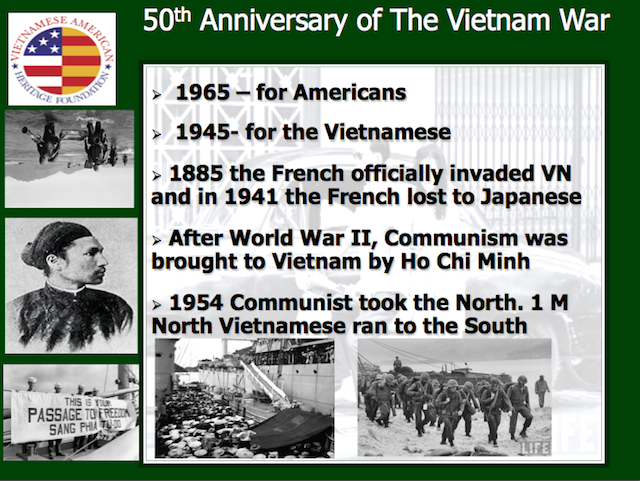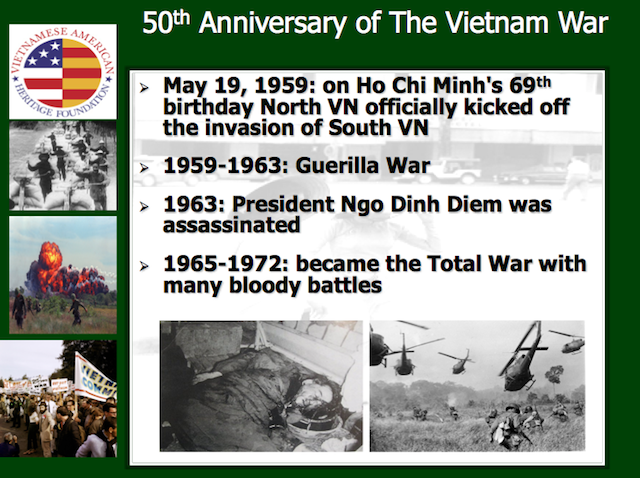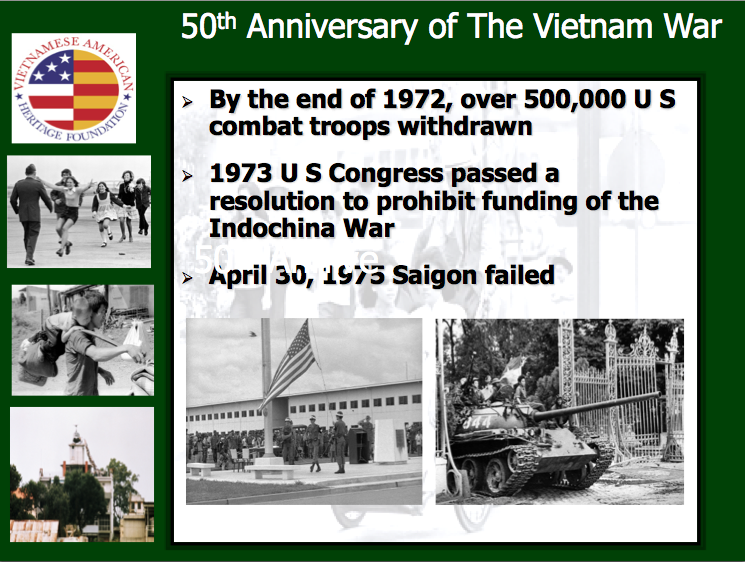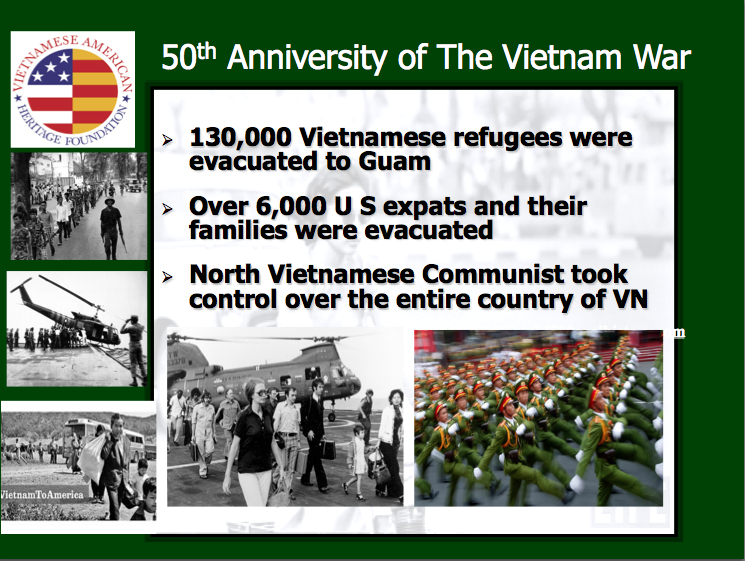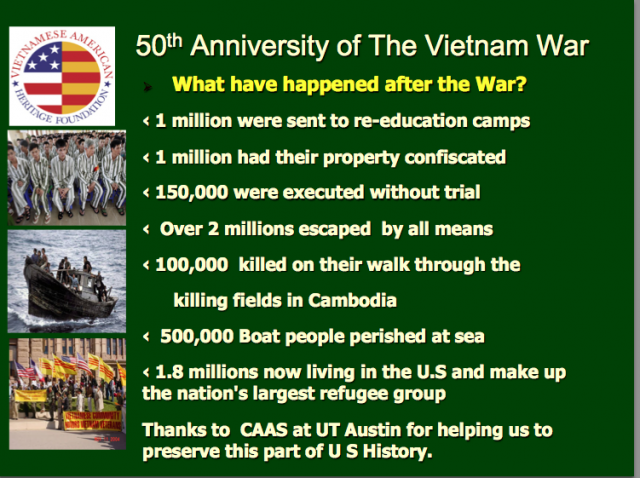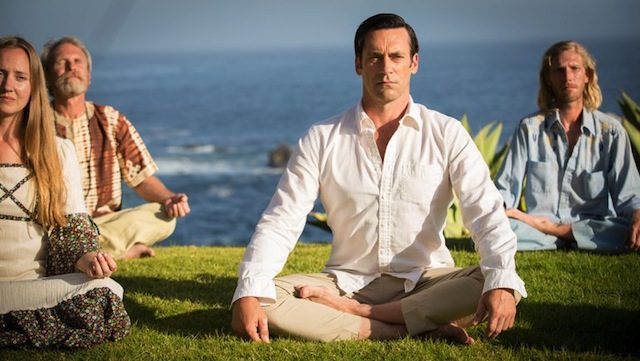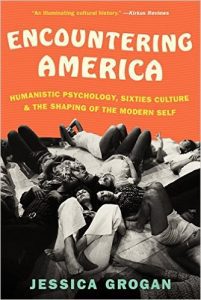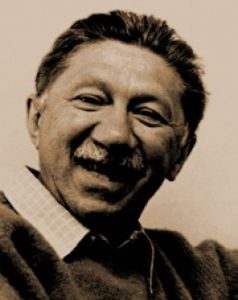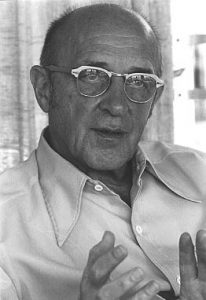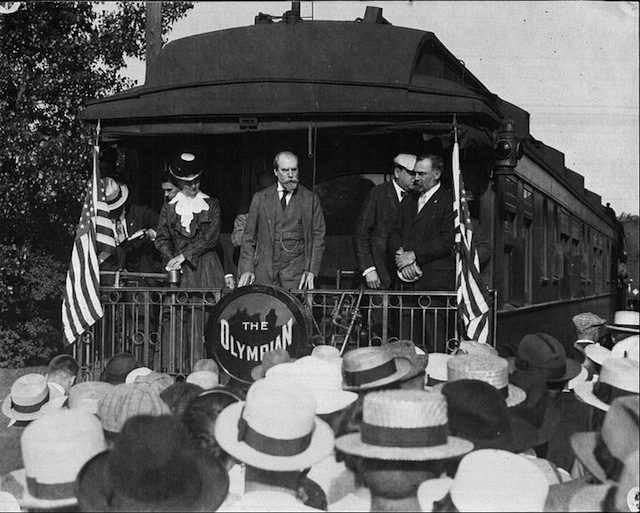Every year thousands of students take introductory courses in U.S. History at UT Austin. This spring Prof Jeremi Suri is experimenting with an online version of the U.S. History since 1865 survey course. He and his teaching assistants, Cali Slair, Carl Forsberg, Shery Chanis, and Emily Whalen will blog about the experience of digital teaching for readers of Not Even Past.
By Cali Slair
Students typically watch our online course from home, a local café, or at various locations on campus. In order to make the course more interpersonal, each student is also assigned two dates when he or she is required to attend class in the video production studio in Mezes Hall, where we film the live lectures.
Studio attendance is similar to taking a course in a classroom or lecture hall, but it is also quite different. Similar to a traditional lecture course, the students listen to a live lecture and take notes surrounded by their classmates. They also arrive to the studio approximately thirty minutes before the course begins which gives them time to ask questions and interact with their classmates, teaching assistants, and Professor Suri before class starts. A great feature of the in-studio attendance dates is that the twenty to twenty-three students who are assigned to each date are all in the same TA group. This allows the students to meet and interact with peers whose weekly response essays they have access to read online. The TA in charge of going over the studio rules and taking attendance for that day is also the TA for the students who are assigned to attend in person. This allows the studio TA to put faces with the names of his or her students, and vice-versa. While some students feel more comfortable taking the course through the online setting, there are also many students who feel more comfortable in the studio and prefer meeting and interacting with their TA and classmates in person. We have even had a few students request to attend more than the two required in-person studio attendance dates.
A main difference between our online course and courses held in a classroom or lecture hall is that having access to a computer is integral to being successful in this course. Despite being in the studio, the students cannot raise their hands and ask questions like in a typical lecture hall. The students still use their laptops to communicate through the Chat and Ask the Professor functions. The Ask the Professor button still functions as the equivalent to raising a hand during lecture. The Pings are another reason the students still need laptops for their in-person studio attendance dates. Students watch the lecture live, and at the same time keep the lecture video open on their laptops to watch for and respond to Pings. This allows the students to earn their attendance grades by demonstrating that not only did they show up to the studio, but they have also been actively listening to the lecture.
We have found the students’ ability to multitask during lecture especially impressive. This is a generational phenomenon that our online course taps into and utilizes for rigorous learning purposes. While the in-person studio attendance dates are based on some traditional classroom learning styles, the studio still requires students to use technology in their learning. The technology encourages active participation during attendance, encouraging students to listen closely to the lecture and integrate what they hear with their reading.
Early in the course some students found the in-studio attendance dates to be a little challenging. Some students had difficulty finding the studio and others found the studio itself to be somewhat distracting. At this point in the course, the number of students who have difficulty finding the studio has declined significantly. For the students who find the studio itself distracting, one of the great things about this course is they can watch the recorded lecture online. As a TA, I value the opportunity to meet all of the students in my group in person. I hope these meetings help students feel more comfortable asking their TAs and Professor Suri questions and attending office hours online or in person. The in-studio experience is an innovative component of our course that helps us achieve our goal of making the course as participatory, engaging, and stimulating for students as possible. Come visit sometime!
